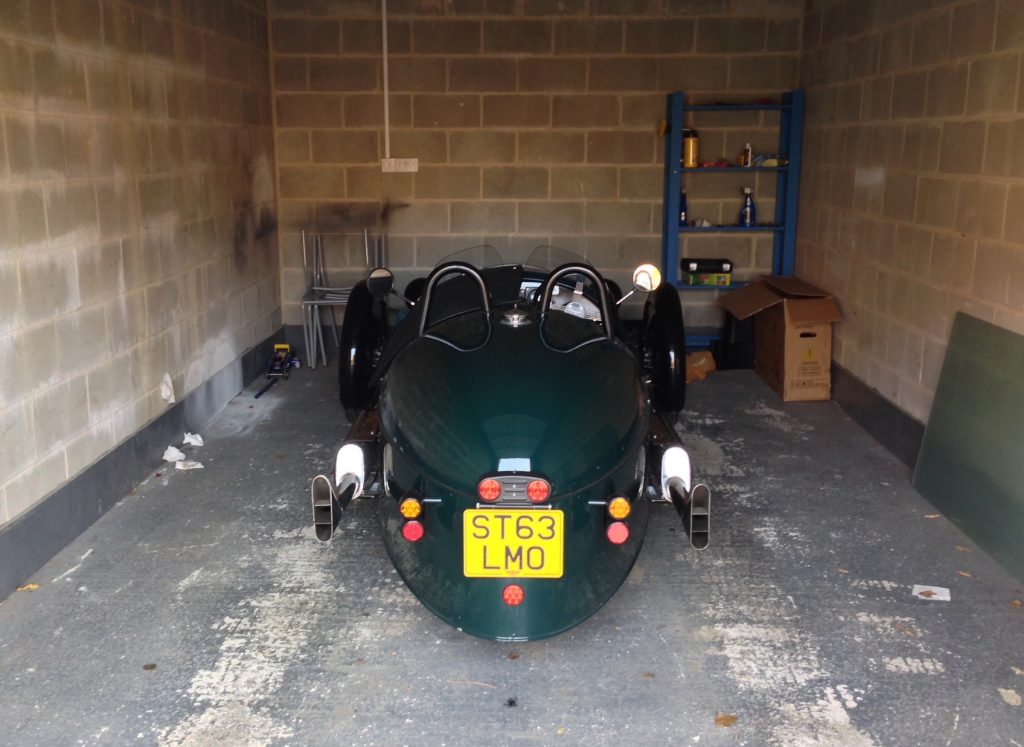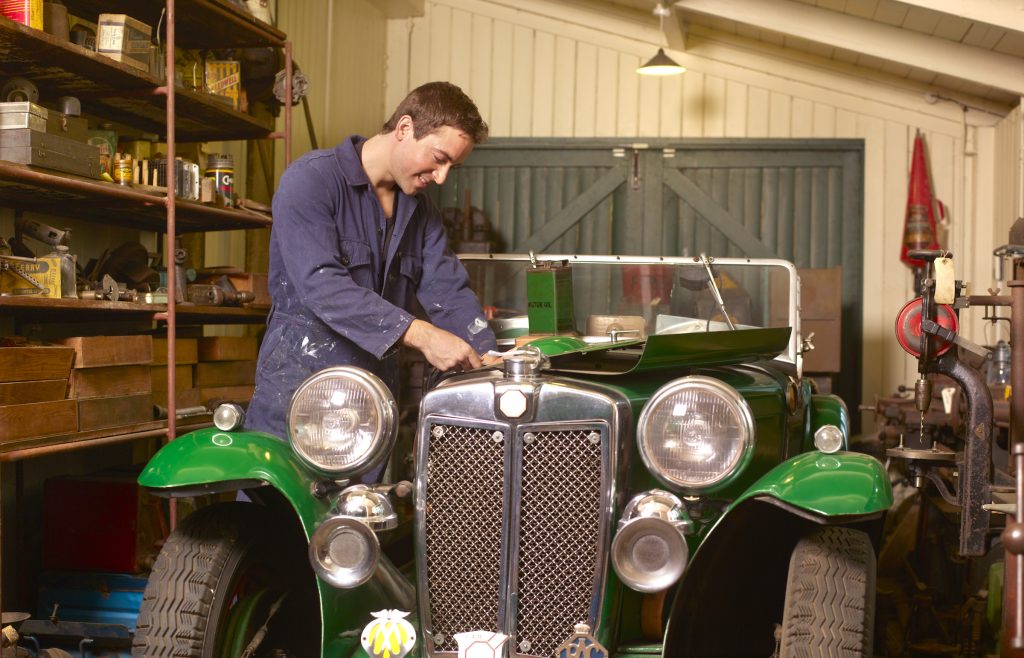No getting away from it, winter is on its way. OK, that doesn’t mean there isn’t some time left for a few miles in the classic before the salt arrives too, but it won’t be long now.
The reason I bring this up now is simply because living north of the border as I do, the chilly weather is well under way here and I’ve thinking about what I’m going to do when it really kicks in, for a couple of reasons. One is that my garage/workshop was only finished early last year and I’m still making finishing touches to it. The other is that I’m trying to figure out how to heat it now energy prices are going crackers, and that’s becoming a project in its own right.

What can you do to keep warm in the workshop (apart from man-up and wrap-up)? Getting in mine brings me deep joy and I only have to walk through the door and smell the tools and machine oil to feel calmer and more at peace without even doing anything. That said, if it means spending the next couple of hours freezing half to death then the idea tends to lose its appeal.

When I got the main structure of the garage finished I bought four, cheap, 2kW convector heaters because they produce dry heat and warm up a non-draughty space quickly. The use of those is now being, if not completely abandoned, drastically reduced with plans to supplant them with more affordable alternatives, but the first job is to make sure the basics are up to scratch.
My two main approaches to making a workspace warmer are 1) make it smaller, and 2) block the holes up. The first involves putting up a ceiling, whether it be a shed or pitched-roof garage, stick plasterboard up to make a rectangular box in which to work, and trap any warm air in the space you inhabit rather than let it rise into the bit you don’t. Even large wooden sheds have trusses in them and a few extra bits of timber laid across will provide enough support for the ceiling boards.
Next, block up the holes. Years ago I rebuilt a historic Formula Ford 1600 in a single-car prefab concrete garage and spent plenty of winter evenings in it quite comfortably. Simply stuffing the gaps between the wall slabs and the pitched roof with glass insulation wool made a huge different and made the place easier to keep warm.

In the slightly posher garage I now have, building standards insist on air bricks in the walls even though they are of single-skin construction. It seems like a daft idea for what’s supposed to be a weather-proof building so last weekend I finally got round to finishing the blocking-up ceremony.
First, I used a rectangle of the thin foam board you lay under laminate flooring (which I had lying around) to cover the recessed air brick, and then covered each one with a sliding plastic vent, stuck in place with silicone. If you really want to go the whole hog, fix battens to the walls and board over with insulation in between. That way the space should be easy enough to make toasty and dry and it’s an easy enough DIY job as well.
Another good reason for blocking all the holes up is to keep mice out. Like me, they don’t like the cold and there’s nothing quite like a cosy classic car to make a nest in. No need to hurt the little fellas to prevent that – just don’t invite them in.
Read more
Socket Set: To cover or not to cover your car?
Garage door preservation society
5 essential steps so your car sleeps peacefully when laid up over winter










One more tip – buy and install a CO monitor! I have in the past opened all garage doors and started the engine after a warm up in order to do some ignition timing and carb tuning. It surprised me to discover how quickly the CO monitor blasted its warning.